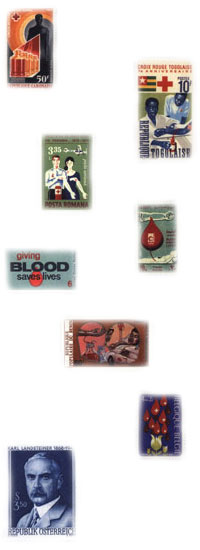

History of SCARF

The S.C.A.R.F. (Serum, Cells and Rare Fluids) Exchange was organized in 1972 to facilitate the dissemination of unique blood group samples amongst blood group reference laboratories. Such laboratories generally specialized in the identification of antibody(s) against red blood cells, which are frequently found in multi-transfused individuals or multiparous females. At that time few, if any, laboratories had a collection of the extremely rare blood group phenotypes or even some of the common known, ethnic-associated blood group types. The original intent was for each SCARF Exchange member to share yearly with other members a sample of blood of a unique phenotype, an example of any unusual antibody against red cells or a fluid (lectin, animal serum or other unique fluid). These would be useful in the identification and/or classification of antibodies against red cell membranes. In return the SCARF member could expect to receive a suitable unique sample from all of the other members on the Exchange list. During the first year, there were only 27 scientists that agreed to participate, with a general feeling that the truly unique samples would be hoarded and not disseminated. However over the next few years, with the sharing of some extremely rare samples and a growing reputation of generous cooperation, more red cell serologists requested inclusion within the Exchange group. By the beginning of the 1990’s there were over 150 blood group reference laboratories located throughout the world (on all of the continents except Greenland and Antartica; from Umea to Perth and from Moscow to Osaka) exchanging samples with other red cell serologists for the resolution of complex cases. Starting in 1993, leukocytes from some of the distributed blood samples were separated, genomic DNA was extracted and stored for future use. Thus, a genetic library of individuals with unique red cell phenotypes was started with the intent that it to would be available to all SCARF Exchange members or qualified scientists studying red cell blood group antigens at the genetic level. This library has proven to be extremely useful for the rapid collection and investigation of selected DNA samples, otherwise the investigators would have had to spend years investigating thousands of blood samples to get comparable material. With the development of this WebPage, the SCARF Exchange has entered a new era. Now, participants can list what they have immediately available and other members can request new samples to replenish or complete their red cell library. Also, this world-wide organization is available to assist various scientists attempting to located sources of unusual red cell membranes or DNA. |